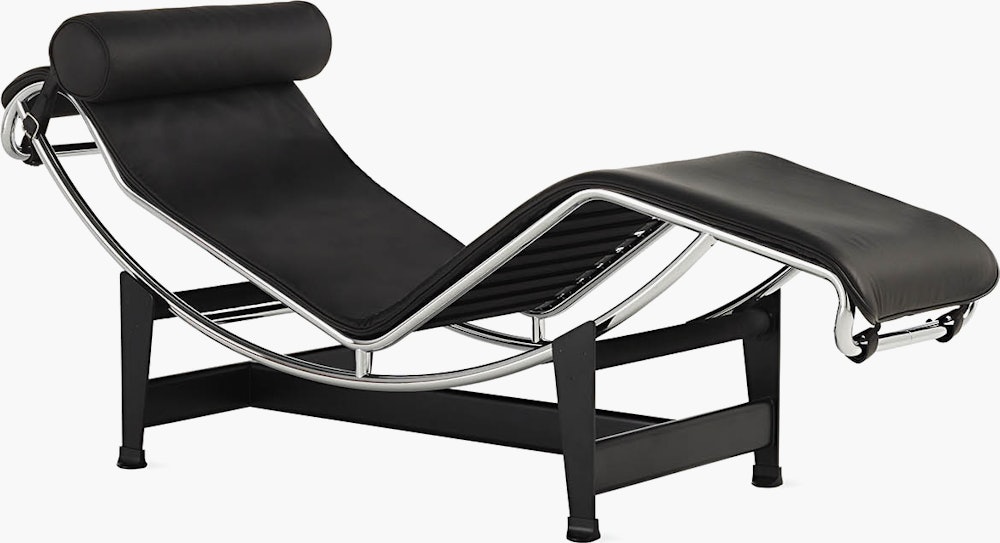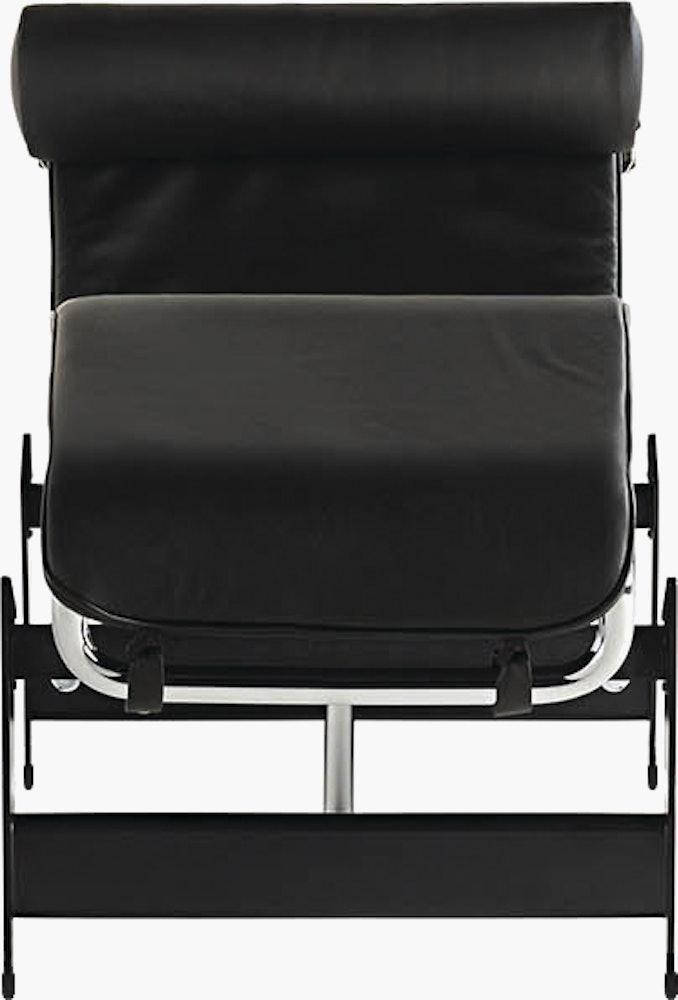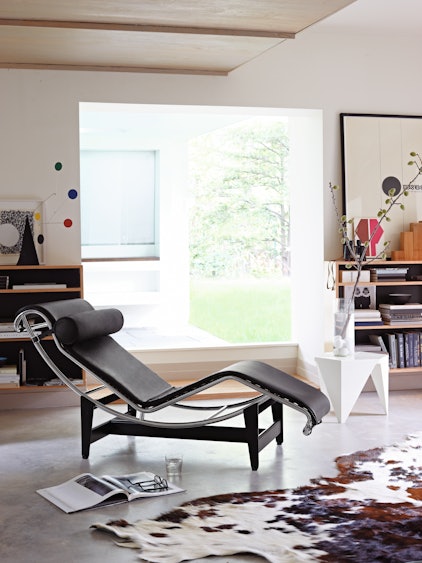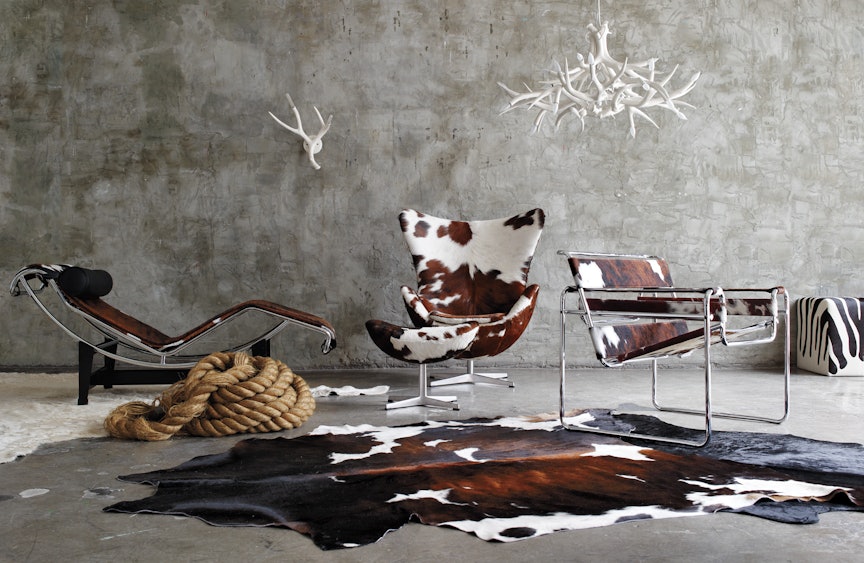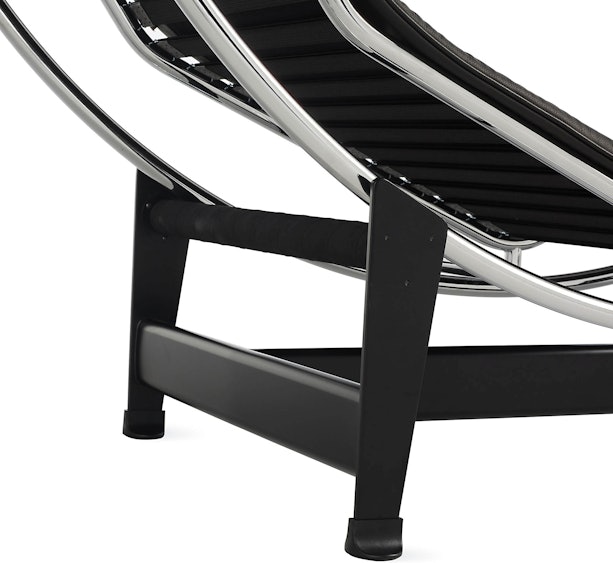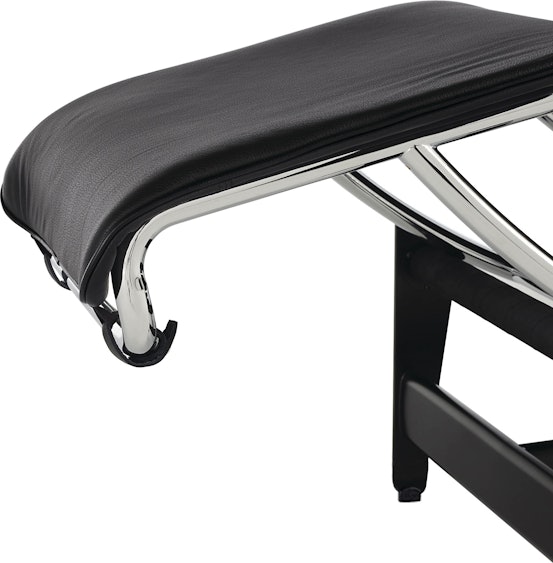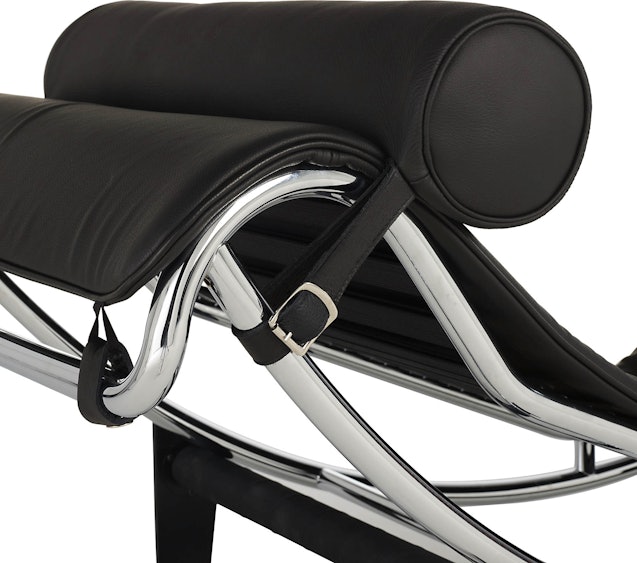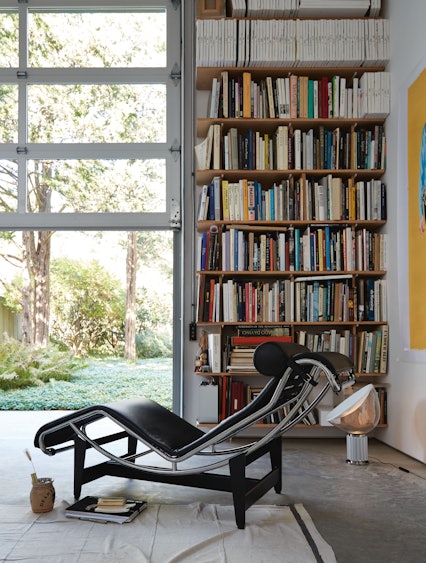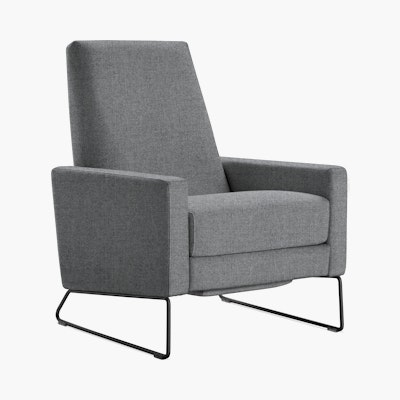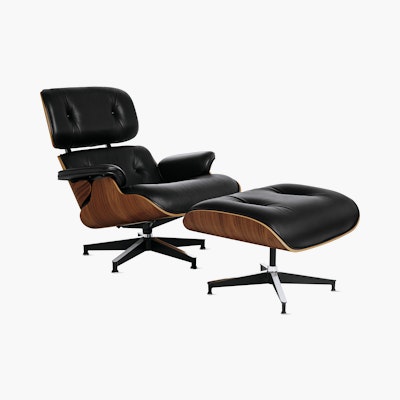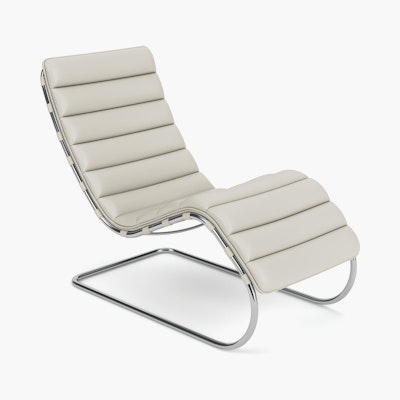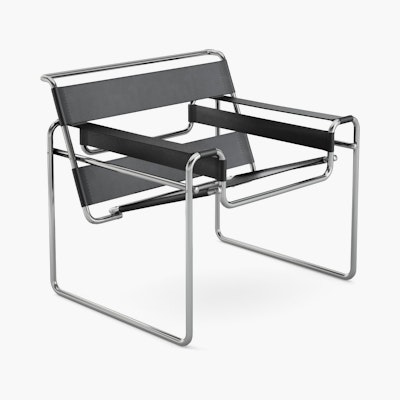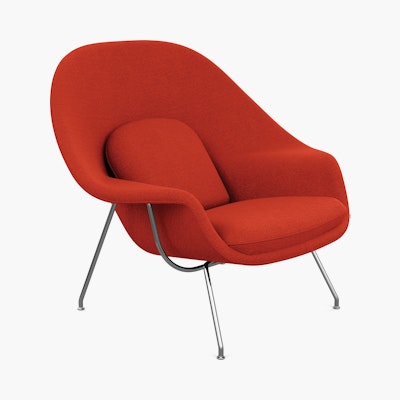LC4 Chaise Lounge
LC4 Chaise Lounge
- By the very nature of its material, every cowhide LC4 is one of a kind.
- Cowhide and leather chaises include black leather headrest.
- Canvas chaises include leather headrest and footer in choice of colors.
- 33" H 22" W 63" D
Shipping Options
- In-Home Delivery
Return Options
Details
- By the very nature of its material, every cowhide LC4 is one of a kind.
- Cowhide and leather chaises include black leather headrest.
- Canvas chaises include leather headrest and footer in choice of colors.
- Brand
- Cassina
- General Dimensions
-
- 33" H 22" W 63" D
- Product Weight
- 69 lbs
- Assembly
- Comes fully assembled
- Warranty
- 2-year warranty (terms and conditions may vary)
LC4 Chaise Longue
- Height (in): 33
- Width (in): 22
- Depth (in): 63
- Weight (lbs): 69
- Seat Height (in): 17½
- Chromed tubular steel frame
- Black lacquered steel base
- Polyurethane foam pad and headrest
- Full-grain semi-aniline-dyed leather, natural cowhide, or canvas upholstery
Pierre Jeanneret
It is the fate of history that architect and furniture designer Pierre Jeanneret will be best remembered for his collaborations with his famous cousin, Le Corbusier. The two began their partnership in 1922 with the Villa Besnus outside Paris. This famous familial duo went on to create some of the most esteemed icons of midcentury modernism, including the Villa Savoye in Poissy, France.
More on Pierre JeanneretCharlotte Perriand
Charlotte Perriand got her start as a designer in Le Corbusier's studio, including the first tubular steel designs for systematized furnishings known as “Equipement intérieur de l’habitation.” She designed buildings, interiors, and furniture, notably a prototype kitchen for Le Corbusier’s Unité d’Habitation, the London office for Air France and conference rooms for the United Nations in Geneva.
More on Charlotte Perriand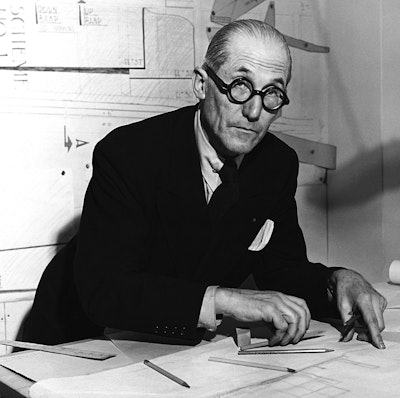
Le Corbusier
Widely considered one of the most influential architects of the 20th century, Le Corbusier (born Charles-Édouard Jeanneret-Gris) is credited with changing the face of urban architecture, bringing it into the technological age. Connecting architecture with revolution, his legacy demonstrates a strong, if utopian, sense of purpose to meet the needs of a democratic society dominated by the machine.
More on Le Corbusier